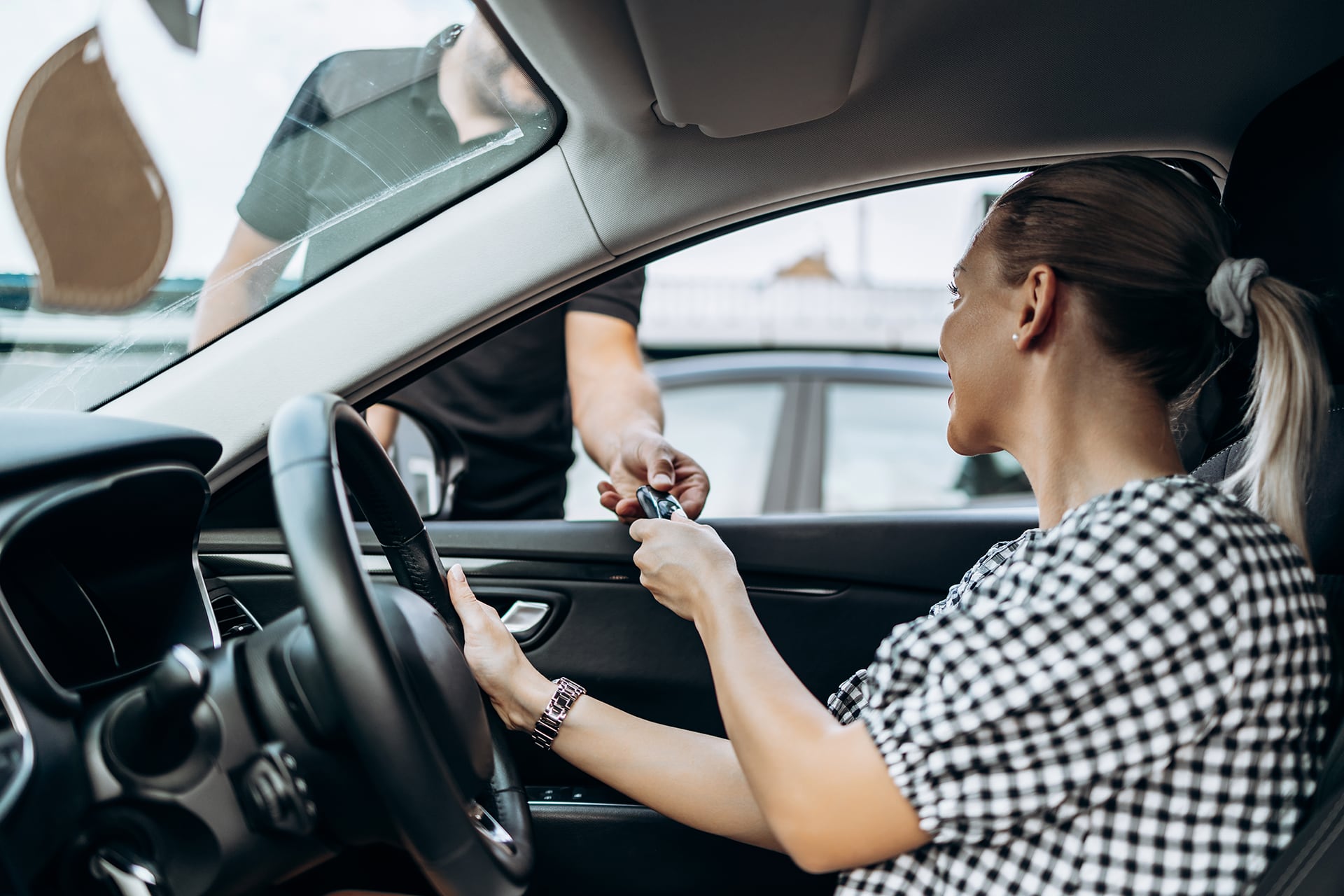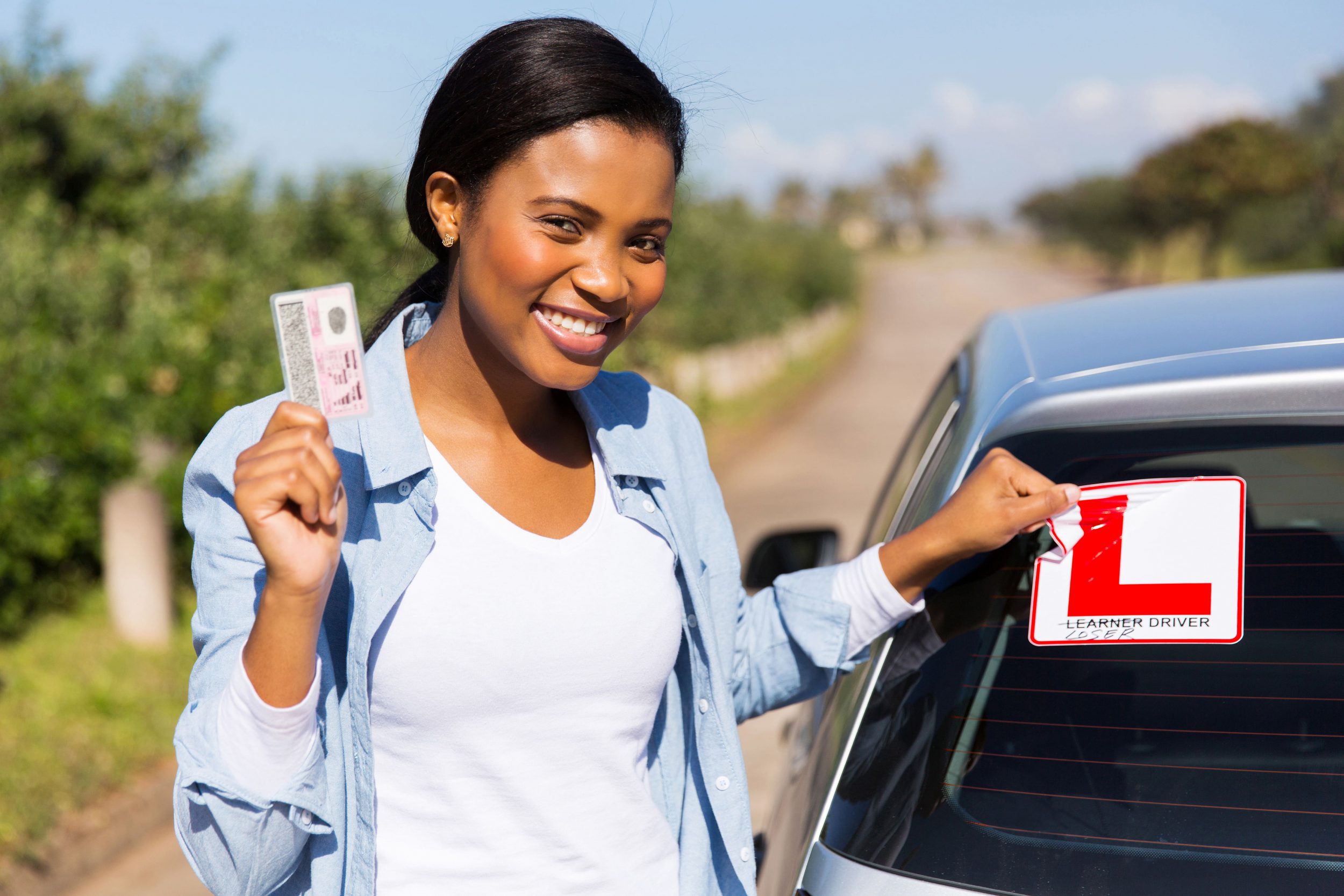Motorhomes provide a great sense of freedom – and they’re getting more popular, too. With UK holiday bookings surging once more due to recent travel chaos and the cost-of-living crisis, staycations look set to make a return for summer 2022. And what better way to see the country’s most scenic landmarks than by motorhome?
As well as providing the ability to enjoy multiple locations on a road trip, holidaying by motorhome offers ideal home-from-home accommodation. It’s easy to pack up and go, with all your belongings in one place and no need to worry about luggage restrictions or airport security checks.
If you’ve yet to become a motorhome owner or you’re unsure if it’s the right decision for you, hiring or borrowing one is a great way to try your hand without making too big an investment. But being behind the wheel of a vehicle this size may seem a tad intimidating if you lack experience, and you might be unsure of how to drive a motorhome.
We’ll provide some useful information and practical motorhome driving tips so that you can feel confident and safe when travelling around Britain or Europe.
What driving licence do I need to drive a motorhome?
Before hiring or borrowing your motorhome, you’ll need to make sure that you’re legally allowed to drive the type of motorhome that you’re planning on hiring or using. The type of driving licence that you need will depend on your age and the vehicle’s maximum authorised mass (MAM). This is the vehicle’s weight plus the maximum load it can carry.
You’ll need a category C1 licence to drive a motorhome with a MAM of between 3.5 and 7.5 tonnes, which you will have automatically been given if you passed your driving test before 1 January 1997. If you took your test after this date, though, you won’t have the same entitlement. This means that you’ll need to take a test to be able to legally drive this size of vehicle. However, some modern motorhomes fall below 3.5 tonnes – in which case, you can legally drive them on your usual car licence.
If you wish to drive a motorhome with a MAM of over 7.5 tonnes, you’ll need a category C licence. To obtain one of these, you’ll need to complete a medical assessment, receive a provisional licence and pass both theory and practical tests. You’ll also need to take additional training every five years. However, unless you’re looking to hire a larger, RV-style vehicle, you shouldn’t need to add this to your licence.
Get to know your motorhome
Once you’ve got your licence sorted, you’ll need to make sure that you’re clued up on your vehicle. While you should familiarise yourself with the basics such as how to operate the usual functions, you should also take the time to get to know:
- Your vehicle’s dimensions – the weight, length, width, height and ground clearance of your motorhome are important to know when driving around in case of low bridges, barriers or narrow roads. The last thing you’ll want to do is get stuck on a windy country lane in Cornwall on your road trip!
- Speed limits – Speed limits for motorhomes less than 3.5 tonnes are the same as those for a car or motorcycle. However, if your motorhome weighs more than this, the speed limits are lower on some roads, so you’ll need to be aware of the law. In this case, single carriageways are 50mph and dual carriageways are 60mph.
- Your visibility – Larger vehicles sometimes offer less visibility when using the wing mirrors. If you’re faced with a blind spot, you can choose to use an external auxiliary mirror to increase your view. It’s also vital to make sure that you have all your mirrors in the correct position before driving.
Motorhome driving tips
Before you set off on your adventure, it’s worth being aware of a few factors that will assist you when on the road. You might be wondering how difficult it is to drive a motorhome but, with these top tips, you’ll be a confident driver in no time.
- Take it slow – Embarking on a motorhome holiday means leaving behind the stress and rush hour so go steady and give yourself plenty of time to travel. This means that you can drive comfortably, take plenty of breaks if you’re on a long journey and even enjoy spontaneous detours.
- Rely on your mirrors – We’ve already mentioned using auxiliary mirrors and checking the positioning for the best visibility but, while driving, always make sure to check them regularly, as well as taking extra care when switching lanes and when driving near cyclists.
- Drive according to the size of your motorhome – You’ll need to take corners widely to avoid clipping the kerb and you might need to drive closer to the pavement on straight roads. To avoid accidents, it’s also important to leave a greater distance between the vehicle in front as heavy motorhomes can take longer to stop.
- Park wisely – You’ll probably need to track down larger parking spaces when driving a motorhome and it’s a good idea to reverse in, if possible, so that it’s easier to set off again. If you’re travelling with a passenger, ask them to help guide you in, especially in tighter spots.
- Plan ahead – Make sure that you take plenty of food, drink and entertainment options for when you need to stop. Plan your journey in advance, factoring in the types of roads, traffic and fuel stops. This will ensure smooth and hassle-free travel.
- Use a sat-nav – A good sat-nav system will provide routes based on your motorhome vehicle dimensions, so that you can avoid those tricky roads and low tunnels. There are also many apps available that can help you to find suitable campsites while on the road in the UK and across Europe.
Get covered with Dayinsure
Of course, one of the most important motorhome driving tips is to get the right insurance. You’re unlikely to be covered on your regular annual policy so it’s crucial that you take out insurance for the vehicle that you’ll be driving, covering the length of your trip.
If you’re borrowing or hiring a motorhome, our temporary motorhome insurance could be just the solution. With short-term cover available for between one hour and 30 days, plus European insurance options, Dayinsure provides an easy way to get you on the road.
Get a quote today and you could be covered in minutes. Don’t forget to check out our news section for a wealth of tips and guides including the top driving routes in the UK and a comprehensive guide to motorway driving.



